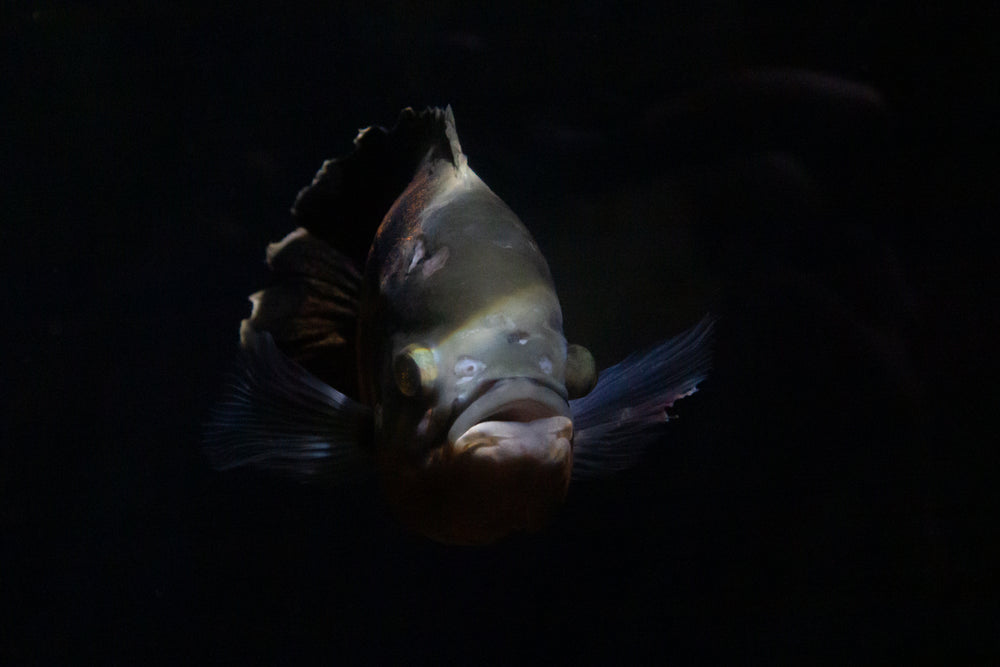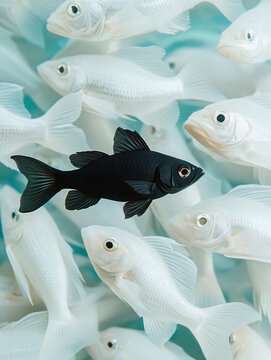Freshwater vs Saltwater: Choosing Your Aquarium Type
The decision between freshwater and saltwater aquariums significantly impacts your fishkeeping journey. Freshwater aquariums are generally more beginner-friendly, requiring less complex equipment and maintenance routines. Popular freshwater species like tetras, guppies, and angelfish are hardy and forgiving, making them ideal for new aquarists learning the basics of fish care.
Saltwater aquariums offer stunning visual appeal with their vibrant coral reefs and exotic fish species, but they demand more advanced knowledge and equipment. Marine fish require precise salinity levels, specialized lighting for coral growth, and more frequent water parameter monitoring. The initial investment for saltwater setups is typically higher, but the reward of maintaining a thriving reef ecosystem is unparalleled.
Both aquarium types require cycling before adding fish, a process that establishes beneficial bacteria to break down harmful waste products. This nitrogen cycle typically takes 4-6 weeks and is crucial for creating a stable environment. Understanding this biological process helps prevent new tank syndrome, a common cause of fish loss in newly established aquariums.




